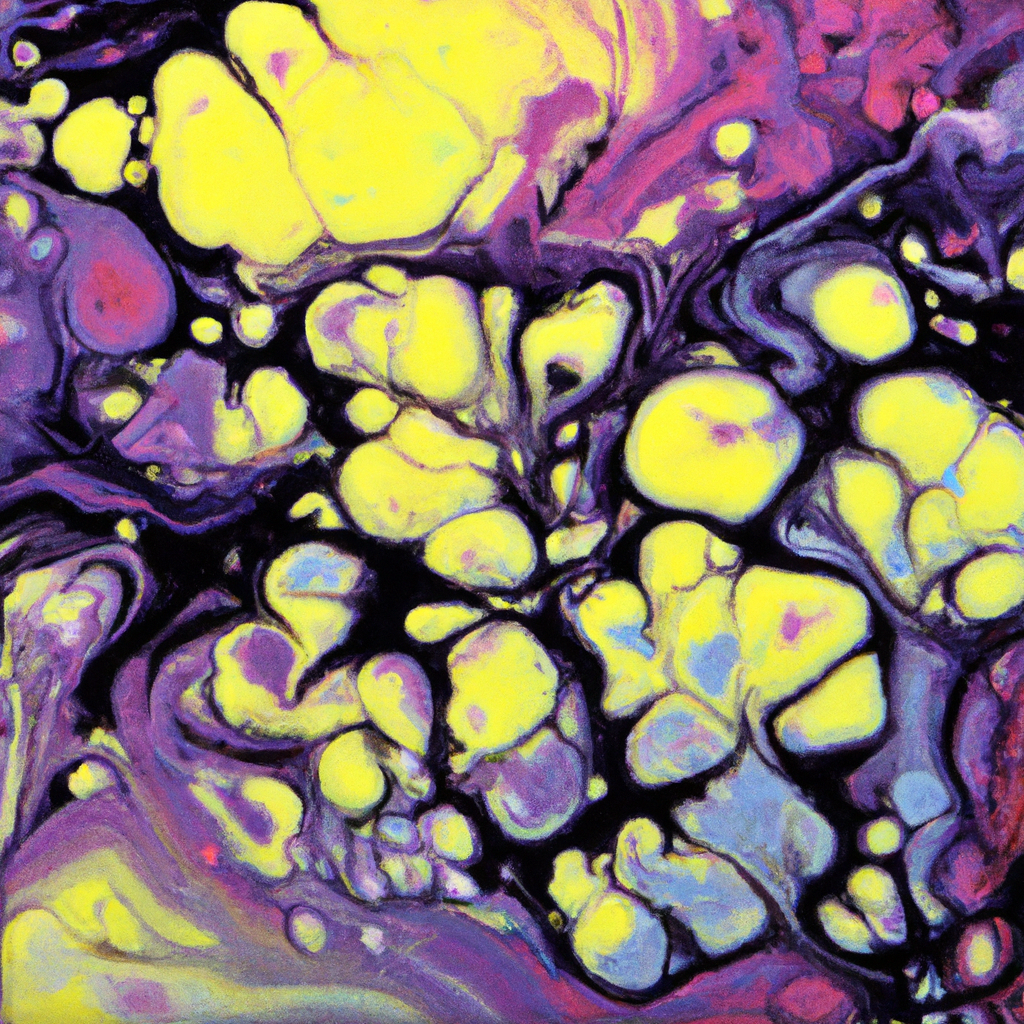In this article, you will explore the fascinating effects that Floetrol has on acrylic paint. As a professional artist, understanding the behavior of different mediums is crucial, and Floetrol is no exception. Through a meticulous analysis, we uncover how this additive, known for its ability to improve paint flow and reduce brush strokes, can enhance your acrylic painting experience. From its impact on color saturation to its potential in creating captivating textures, we delve into the various ways that incorporating Floetrol can elevate your artwork to new levels of mastery.
What Does Floetrol Do To Acrylic Paint
Overview of Floetrol
Floetrol is a popular paint additive that is commonly used by artists and painters to improve the performance of acrylic paint. It is a brand of paint conditioner manufactured by Flood, a renowned name in the paint industry. Floetrol is specifically formulated to optimize the flow and workability of acrylic paint, making it easier to manipulate and achieve desired results on various surfaces. It is widely appreciated for its ability to enhance the leveling properties of acrylic paint, resulting in smoother and more even brush or roller strokes.
Understanding Acrylic Paint
Before we delve into the role of Floetrol in acrylic painting, it is important to have a basic understanding of what acrylic paint is. Acrylic paint is a fast-drying medium that consists of pigment particles suspended in an acrylic polymer emulsion. It has gained immense popularity among artists due to its versatility, vibrant colors, and ability to create various textures and effects. However, acrylic paint can sometimes dry too quickly, leading to issues such as brush marks, uneven application, and difficulty in blending. This is where Floetrol comes into play.

This image is property of images.unsplash.com.
The Role of Floetrol in Acrylic Painting
Floetrol acts as a paint conditioner, altering the properties of acrylic paint to improve its performance. It is designed to extend the drying time of acrylic paint, allowing artists more time for blending and creating smooth transitions. By slowing down the drying process, Floetrol also helps to prevent the formation of brush marks and allows for greater control over the paint application. Additionally, Floetrol improves the flow and workability of acrylic paint, making it easier to achieve a desired consistency and texture.
Advantages of Using Floetrol
Using Floetrol as a paint additive offers several advantages for artists working with acrylic paint. Firstly, it helps to improve the flow of the paint, making it smoother and easier to manipulate. This means that artists can achieve more precise brush strokes and create desired textures with greater ease. Secondly, Floetrol extends the drying time of acrylic paint, giving artists more flexibility in terms of blending colors and creating gradient effects. This is especially beneficial for artists who prefer working on larger canvases or complex pieces that require longer working time. Finally, Floetrol helps to prevent issues such as cracking and crazing, ensuring that the finished artwork remains durable and retains its integrity over time.

This image is property of images.unsplash.com.
Disadvantages of Using Floetrol
While Floetrol offers numerous benefits, it is important to also consider its potential drawbacks. One of the main disadvantages of using Floetrol is that it can slightly alter the color of the paint. The addition of Floetrol may cause the paint to appear slightly lighter or more translucent, which can be problematic for artists who require precise color matching or a specific opacity. Additionally, Floetrol may affect the drying time of acrylic paint, causing it to dry at a slower rate. While this is advantageous for artists who require longer working time, it can also lead to increased drying time overall, which may not be desirable in certain situations.
How Floetrol Affects Acrylic Paint Properties
Floetrol has a significant impact on various properties of acrylic paint. Firstly, it improves the flow of the paint, reducing the viscosity and allowing for smoother brush or roller strokes. This is particularly beneficial when working with heavy-bodied acrylic paints or when aiming for a more fluid and loose painting style. Secondly, Floetrol extends the drying time of acrylic paint by slowing down the evaporation of water, which is a crucial component of acrylic paint. This gives artists more control over the paint application and makes it easier to blend colors and create subtle transitions. Lastly, Floetrol enhances the leveling properties of acrylic paint, ensuring a more even and uniform appearance when the paint dries.

This image is property of images.unsplash.com.
Improving Flow and Workability
One of the key benefits of using Floetrol is its ability to improve the flow and workability of acrylic paint. By reducing the viscosity of the paint, Floetrol allows it to flow more smoothly and evenly across the painting surface. This makes it easier for artists to manipulate the paint and achieve desired effects, such as blending colors seamlessly or creating detailed brushwork. Floetrol also helps to eliminate brush marks and streaks, resulting in a more professional-looking finish.
Extending Drying Time
Another advantage of using Floetrol is its ability to extend the drying time of acrylic paint. This is particularly useful for artists who prefer to work at a slower pace or require more time for blending and layering. By slowing down the drying process, Floetrol allows artists to take their time and make adjustments as needed without worrying about the paint drying too quickly. This is especially beneficial when working on larger canvases or complex compositions that require precise color mixing and blending.

Preventing Cracking and Crazing
One of the biggest concerns when working with acrylic paint is the potential for cracking and crazing, which are small cracks or fissures that can occur as the paint dries. Floetrol helps to minimize this issue by improving the flexibility of the paint film. By extending the drying time and allowing the paint to cure more evenly, Floetrol reduces the likelihood of cracking and crazing, ensuring that the finished artwork remains intact and free from structural flaws. This is particularly important for artists who create large-scale paintings or artworks that may be subjected to environmental factors, such as temperature changes or humidity.
Enhancing Adhesion and Coverage
Floetrol also plays a role in enhancing the adhesion and coverage of acrylic paint. By improving the flow and workability of the paint, Floetrol ensures better paint adhesion to the painting surface, resulting in a more durable and long-lasting artwork. This is vital, especially when working on surfaces that may be prone to peeling or flaking, such as wood or metal. Additionally, Floetrol helps to maximize the coverage of acrylic paint, allowing for more efficient use of the paint and reducing the number of layers required to achieve the desired opacity or color intensity. This can be especially beneficial for artists working on a tight budget or aiming for a specific color scheme.
In conclusion, Floetrol is a valuable paint additive that significantly enhances the performance of acrylic paint. By improving flow and workability, extending drying time, preventing cracking and crazing, and enhancing adhesion and coverage, Floetrol offers numerous advantages for artists and painters. While it may slightly alter the color of the paint and affect the drying time, the benefits of using Floetrol outweigh these potential drawbacks. Artists can confidently utilize Floetrol to achieve smoother brushwork, more precise color blending, and a professional finish in their acrylic paintings.




